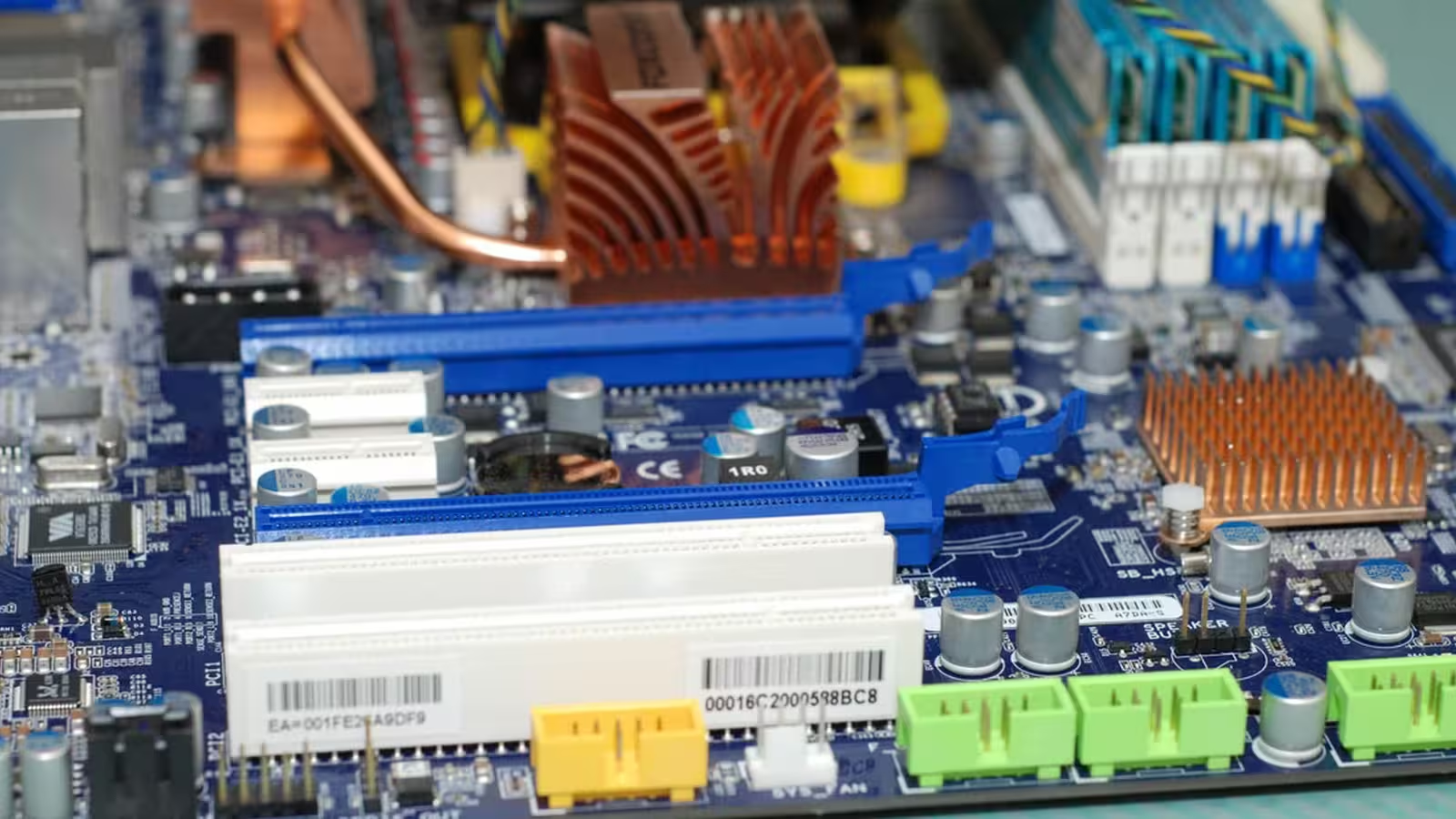4 Minutes
PCI Express 8.0: The Future of High-Speed Connectivity
PCI Express (PCIe) has long been the backbone of high-speed data transfer for PCs, servers, GPUs, and NVMe SSDs worldwide. As the technology landscape evolves at a remarkable pace, the PCI-SIG—the body responsible for PCI Express standards—is pushing the envelope further with the development of PCI Express 8.0, aiming to redefine what's possible in digital infrastructure.
Unprecedented Performance: Doubling Down on Speed
Set for a projected release in 2028, PCI Express 8.0 will once again double the data bandwidth compared to its predecessor. While the recently announced PCIe 7.0 already boasts an impressive 128 GT/s (gigatransfers per second) over 16 full lanes—delivering a bi-directional throughput of 512 GB/s—PCIe 8.0 will raise the stakes to a staggering 256 GT/s and a phenomenal 1 TB/s of bi-directional data transfer. These advances are especially crucial as applications in artificial intelligence, cloud computing, and high-performance data centers demand more robust and rapid data pipelines.
The signaling method for PCIe 8.0 hasn't been officially confirmed, but it's expected to leverage PAM4 (Pulse Amplitude Modulation 4-Level), the advanced signaling introduced with PCIe 6.0, to efficiently handle the surging data rates without compromising reliability.
Comparisons: How Does PCIe 8.0 Stack Up Against Previous Generations?
To truly appreciate the magnitude of this leap, consider PCIe 8.0's performance in relation to earlier standards. It offers:
- 4x the throughput of PCI Express 6.0
- 8x the speed of PCI Express 5.0
- 16x the bandwidth of the still-widely-used PCI Express 4.0
These massive gains will put current hardware to shame; for example, while today's PCIe 5.0 NVMe SSDs offer sequential read speeds up to around 14,800 MB/s, a next-gen PCIe 8.0 drive could theoretically surpass 118,000 MB/s—unlocking transfer rates that would make moving terabytes of data a matter of seconds.
Advantages and Use Cases: Powering the Next Wave of Innovation
This extraordinary escalation in transfer speed is not merely a technical marvel—it has real-world implications. Key areas set to benefit include:
- Artificial Intelligence & Machine Learning: AI workloads require massive data shuffling between CPUs, GPUs, and storage. PCIe 8.0's bandwidth will break bottlenecks for next-gen AI systems.
- Data Centers & Cloud Services: The need for low-latency, high-throughput interconnects rises as cloud applications scale. PCIe 8.0 offers the backbone necessary for tomorrow's server farms.
- Content Creation & Professional Applications: High-resolution video editing, scientific computing, and VR/AR workloads will soar thanks to minimized loading and rendering times.
However, the impact for the average consumer may take years to realize, as software and hardware need time to catch up with these hardware advancements.
Market Relevance: When Will PCIe 8.0 Become Mainstream?
Despite the excitement, PCI Express 8.0 remains on the horizon. Most consumer hardware is just now fully adopting PCI Express 5.0, with PCI Express 6.0 devices expected to arrive soon. PCIe 7.0, while officially specified, is still years away from widespread adoption. Realistically, PCIe 8.0 hardware will likely appear around 2030, so early adopters and enthusiasts still have a long wait ahead.
For now, the best approach is to monitor the development of PCIe standards closely, as the pace of innovation shows no signs of slowing—and the possibilities they unlock may redefine the digital experience for years to come.
Source: howtogeek


Leave a Comment